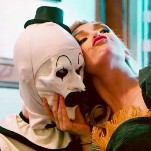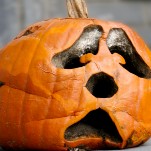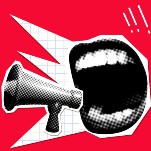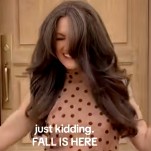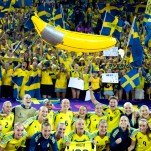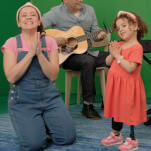If You Get Blackout and See The Girl on a Train and Then Watch It Again Sober You Get Two Movies For the Price of One
EntertainmentGirl on a Train is, incredibly enough, about a girl on a train, played by Emily Blunt, who is very good and convincing as the damaged, alcoholic central character; good enough that I’d keep an eye on her if she ever visited my home, just in case.
Blunt, as Rachel—the narrator in the film adaptation of Paula Hawkin’s bestselling novel—staggers through the two-hour run in varying states of intoxication; her eyes are glazed, her cheeks puffed out and splotchy, her lips often painfully chapped. She conveys throughout distinctive levels of drunkenness, and though director Tate Taylor employs camera tricks to hammer home that this lady is wasted, they’re wholly unnecessary. You can tell how far gone she’s supposed to be just by looking at Blunt’s face, where shame and smudged eyeliner are visible at all times. Blunt is a capable actress, and her performance smoothes out the film’s bumpy execution, which is peppered with enough jumbled flashbacks that you’d need a Homeland-style conspiracy board to fully track them all.
Director Tate Taylor tells Vanity Fair that Blunt, who reportedly watched a lot of episodes of Intervention to prepare for the part, “developed a system of levels [to determine] how drunk she would be in each scene. Level four was her most drunk. We developed what her eyes, speech, and cheeks would be like—we had these prosthetic pieces called plumpers. It was like a retainer that forced her cheeks to be puffy, just because alcohol gives you a puffy face… Then we figured out what level three looked like, and what level two looked like.” It worked.
-

-

-

-

-

-

-

-

-

-

-

-

-

-

-

-

-

-

-

-

-

-

-

-

-

-

-

-

-

-

-

-

-

-

-

-

-

-

-

-

